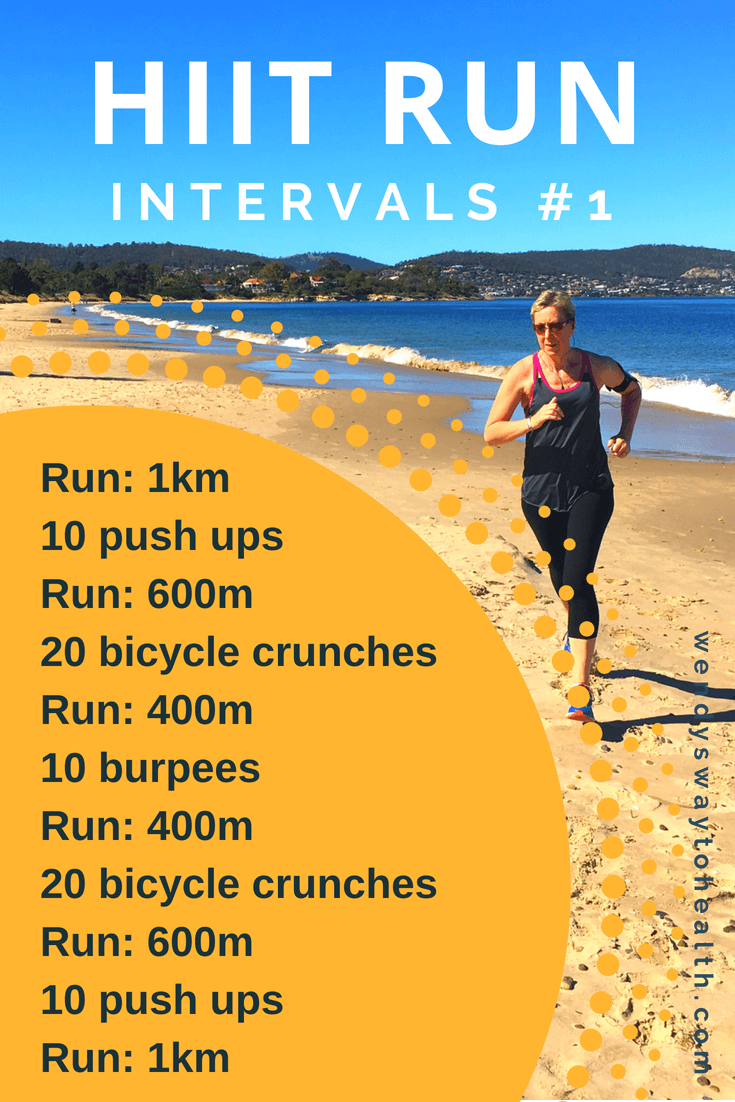Revamp Your Running Strategy: Tips for Boosted Efficiency
Revamp Your Running Strategy: Tips for Boosted Efficiency
Blog Article
Taking Care Of Usual Running Discomforts: Causes, Solutions, and Prevention
As joggers, we often experience different pains that can impede our performance and pleasure of this physical activity. By checking out the root reasons for these running pains, we can discover targeted options and precautionary procedures to make sure a smoother and a lot more satisfying running experience.
Typical Running Pain: Shin Splints
Shin splints, a typical running pain, frequently result from overuse or improper footwear throughout exercise. This problem, medically known as medial tibial stress disorder, shows up as discomfort along the inner edge of the shinbone (shin) and is common among athletes and joggers. The recurring stress on the shinbone and the cells connecting the muscles to the bone causes inflammation and pain. Joggers that swiftly boost the strength or period of their workouts, or those who have flat feet or incorrect running techniques, are specifically at risk to shin splints.
To stop shin splints, individuals should gradually boost the intensity of their exercises, wear suitable footwear with proper arch support, and maintain flexibility and stamina in the muscular tissues bordering the shin. If shin splints do occur, preliminary therapy entails remainder, ice, compression, and elevation (RICE) Additionally, integrating low-impact tasks like swimming or biking can help maintain cardiovascular health and fitness while permitting the shins to recover. Persistent or severe situations may need medical assessment and physical therapy for efficient monitoring.
Usual Running Discomfort: IT Band Disorder
In enhancement to shin splints, an additional common running pain that athletes frequently experience is IT Band Syndrome, a problem created by swelling of the iliotibial band that leaves the outer thigh and knee. IT Band Disorder commonly shows up as pain on the outside of the knee, especially throughout activities like running or cycling. The iliotibial band is a thick band of fascia that connects the aware of the shin, and when it ends up being inflamed or limited, it can massage against the upper leg bone, bring about discomfort and pain.
Runners experiencing IT Band Disorder may observe a painful or aching feeling on the external knee, which can worsen with continued task. Factors such as overuse, muscle mass inequalities, improper running type, or poor warm-up can contribute to the advancement of this problem.
Common Running Pain: Plantar Fasciitis

Plantar Fasciitis can be credited to different factors such as overtraining, inappropriate footwear, running on hard surfaces, or having high arches or flat feet. To avoid and ease Plantar Fasciitis, joggers can include extending workouts for the calf bones and plantar fascia, use helpful shoes, preserve a healthy weight to decrease stress on the feet, and gradually increase running intensity to stay clear of abrupt stress and anxiety on the plantar fascia. If signs and symptoms linger, it is advised to get in touch with a medical care expert for appropriate diagnosis and treatment alternatives to resolve the problem efficiently.
Common Running Pain: Jogger's Knee
After resolving the challenges of Plantar Fasciitis, one more widespread concern that runners typically encounter is Jogger's Knee, a common running pain that can impede sports efficiency and cause pain during physical activity. Runner's Knee, likewise understood as patellofemoral pain syndrome, shows up as discomfort around or behind the kneecap. Joggers experiencing this pain may really feel a boring, hurting discomfort while running, going up or down stairways, or after prolonged durations of resting.
Common Running Pain: Achilles Tendonitis
Frequently affecting joggers, Achilles Tendonitis is an agonizing problem that influences the Achilles ligament, creating pain check over here and possible limitations in exercise. The Achilles tendon is a thick band of tissue that links the calf muscle mass to the heel bone, vital for tasks like running, leaping, and strolling - check it out. Achilles Tendonitis typically establishes as a result of overuse, improper footwear, insufficient stretching, or unexpected boosts in exercise
Signs And Symptoms of Achilles Tendonitis include pain and rigidity along the ligament, especially in the early morning or after durations of inactivity, swelling that worsens with task, and potentially bone spurs in persistent situations. To avoid Achilles Tendonitis, it is essential to extend correctly before and after running, put on suitable shoes with proper support, slowly boost the intensity of workout, and cross-train to decrease recurring anxiety on the tendon.
Verdict

Report this page